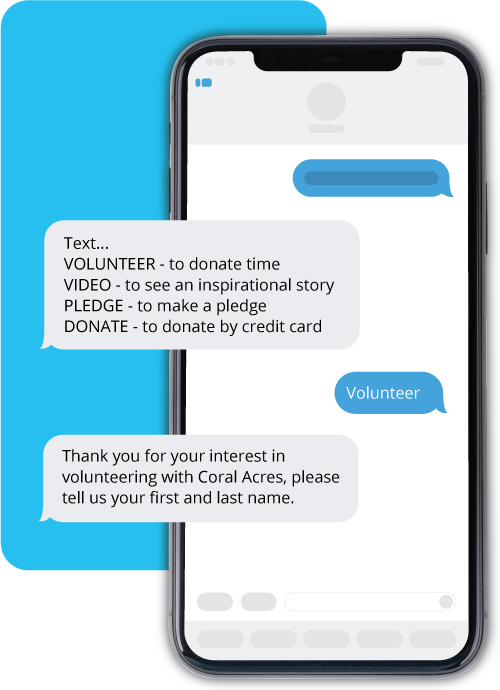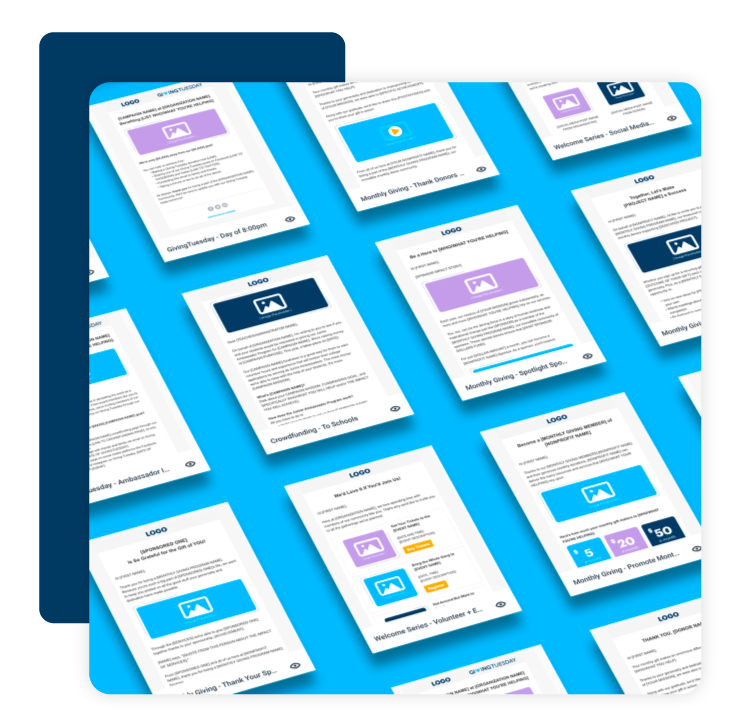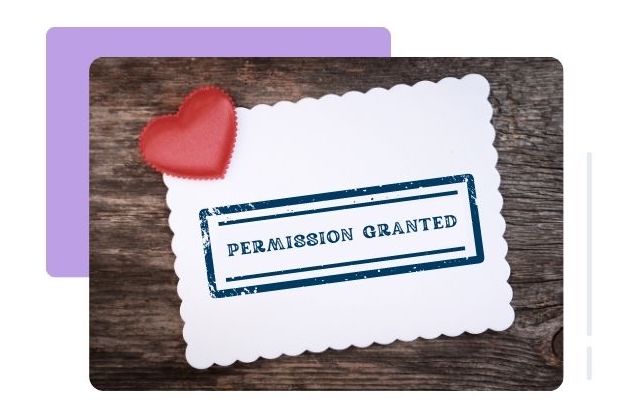
April 25, 2024

June 21, 2023 | Categories DonorPerfect Fundraising Software, Featured, Fundraising Strategies
When I was a fundraiser, one of my biggest fears was being too aggressive with my communications and scaring donors away. I was so worried about coming off as annoying, needy, or desperate to the point that I would exclude donors from solicitations if they had already given once during that calendar year.
It turned out to be a costly mistake!
Did you know that donors who give their second gift within three months of their first gift have a lifetime value nearly double that of donors who give every twelve months? It makes intuitive sense that donors who are particularly passionate about your mission are ready to give multiple times throughout the year, and you’re doing your nonprofit a disservice when you exclude these eager supporters from your asks.
But how do you find the line between under and over-communicating with your donors, and how do you get over the fear of alienating your supporters with too many asks? By taking a multichannel approach, weaving in a variety of messages, and taking a page out of the for-profit sector’s book, you’ll stop leaving money on the table and start reaching your fundraising potential.
Your message will feel fresh to your community when you reach out to them through a variety of media. Think about how you use different methods of communication – like texting, emails, letters, phone calls, and face-to-face time – in your daily life, and how your donors might use them as well. Do you get annoyed when a friend texts you after you just saw them for a coffee date? Or are you happy they kept the conversation going?
You can even use different communication channels for different styles and levels of formality. Your Instagram account might be the perfect place for lighthearted memes, while your direct mail appeals are right for heartfelt messages that inspire your readers to take action. Your mission and the issues you’re tackling are complex and varied. Your communications can be, too!

Make it easy for your donors to give by reaching out through text! With DP Text, you can create custom keywords (ie, “Text GIVE to 55555”), gamify giving through events or scavenger hunts, and reach your donors where they already spend a lot of time – on their phones.
If you’re not yet sold on frequent solicitations, why not try keeping your donors engaged with a wider range of touchpoints? Only sending asks every few months will get stale, but only sending solicitations annually doesn’t give your supporters the opportunities they need to express their generosity.
When building your communications calendar, try color-coding or creating a schedule for a variety of message types, like solicitations, stewardship, updates, event invitations, newsletters, calls for volunteers, advocacy opportunities, educational pieces, etc. This will help you see if you tend to lean heavily on one type of communication, if you’re under-soliciting, or if you’re happy with the balance of your donor outreach types.
Even if a given piece isn’t explicitly a solicitation, you can always include your giving link as a soft ask! Pop it in your email signature, in your next newsletter, and in your social media bios. You never know when your supporters might feel inspired to give, so why not make it easy for them to donate?

Want email communications that are personalized and user-friendly? Check out our integration with Constant Contact! DonorPerfect users have exclusive access to over 25 fundraising templates that make virtual giving easy.
Not a DonorPerfect user? Get a demo today to learn more about how you can raise 25% more funding in your first year with us!
Do you think marketing professionals at major companies ever discuss how their customers might “need a break” from their product and take an advertising hiatus? No way! If you’re ever in doubt regarding a fundraising or awareness campaign, just remember that Coca-Cola, McDonald’s, and other international brands dedicate a large percentage of their budget to marketing and advertising. The more they see your organization, the quicker they will think of it when they are considering their next donation.
Consumers’ (and donors’) attention spans are short, and it’s important to capitalize on your supporters’ time and energy as often as you can. As a nonprofit, you’re part of a competitive philanthropic marketplace. If you feel better having a “permission slip” to engage in marketing and solicitations as often as possible, use this blog as your sign to move forward with your next big idea!

This may sound old school, but give it a try. When I was a fundraiser through the COVID-19 pandemic, I found that donors were so starved for connection that when I called them, they wanted to talk about the crossword and jigsaw puzzles they were working on and how their last Zoom call with their grandchildren went. It was so easy to connect with my organization’s donors – all I had to do was listen!
Even though things may feel “back to normal” now, you can always count on genuine, human-to-human connection for fundraising success. For your next stewardship project, try calling your donors to thank them for their support, and see what motivates them to give back! You’ll learn a lot from your constituency, and they’ll appreciate knowing that their gifts make a real, meaningful difference.
Keeping in touch with your donors, particularly your new donors, is the key to retaining them and maximizing their lifetime value to your organization. Start building your relationships with new donors today with your free New Donor Welcome Series Email Template Kit, available below! Your new donors are passionate about your mission and eager to help wherever they can, and these templates will help you keep them engaged and informed as they learn more about your nonprofit and how they fit into your community.